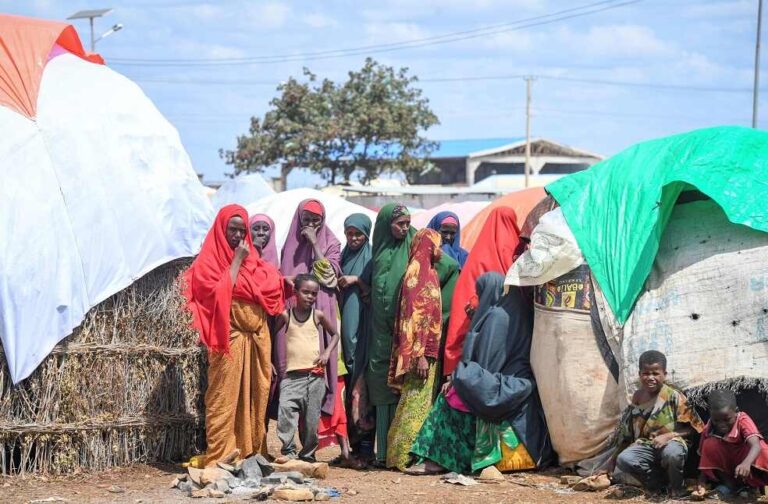Somalia: The Food and Agriculture Organization (FAO) of the United Nations stated in the context of the recently released food security survey findings that reversing the alarming trend requires transformative actions to sustainably improve food and water security, reduce people’s vulnerability to shocks and stresses, and improve their adaptation to climate change.
While humanitarian assistance has prevented worse outcomes and staved off famine in parts of Somalia thus far, millions of rural Somali people continue to face unprecedented challenges to their food security. Somalia has been on the brink of famine in recent months due to the unprecedented drought triggered by five consecutive poor rainy seasons and an anticipated sixth, exacerbated by high food and water prices, conflict and poor access to water, sanitation and health services.

The latest Integrated Food Security Phase (IPC) analysis reveals that thanks to a large scale-up in multisector humanitarian assistance and slightly more favourable than previously foreseen rainfall performance, famine is no longer projected in parts of Somalia, however, the situation remains critical and ‘Risk of Famine’ persists in some areas.
The report shows that between January and March 2023, nearly 5 million people across Somalia are experiencing IPC Phase 3 ‘Crisis’ or worse levels of acute food insecurity, including 96 000 people facing catastrophic hunger (IPC Phase 5). Acute hunger is expected to rise, with 6.5 million people– more than a third of the total population– projected to be facing ‘Crisis’ or worse (IPC Phase 3 or higher) levels of acute food insecurity between April and June this year, including 223 000 people who will likely face catastrophic hunger (IPC Phase 5).
Furthermore, agropastoral populations in Burhakaba district and displaced people in Baidoa and Mogadishu face ‘Risk of Famine’ between April to June 2023 if the 2023 Gu season rains fail and humanitarian assistance does not reach those most in need.



